Callaway X Hot Pro Fairway Woods Review
7/16/2013 | by Pete Wlodkowski of AmateurGolf.com
see also: Equipment Reviews
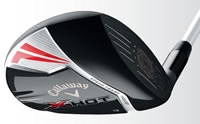
Amateurgolf.com reviews Callaway's X Hot and X Hot Pro fairways, long from everywhere, and easy to hit off not just a tee but a variety of lies
On my second outing with the Callaway X
Hot 3-wood I caught a tee shot on a short,
tight par 4 right in the middle of the clubface.
The ball took off with a high, tight draw, and
ran down the fairway nicely after it landed. It
didn’t take long for the guy I was
playing with to notice that I had
“outdriven” him, as he stopped at
his drive, a few yards short of mine.
“That’s a long 3 wood,”
he admired.
It doesn’t matter if he was referring to
the club in general, or the particular shot it
struck. The point is, manufacturers like
Callaway have moved their R&D efforts
from the driver down the club “food
chain” lately, and you see the result on
Tour and increasingly among better amateurs.
When Phil Mickelson carried a
“Phrankenwood” – a deep-faced
version of the club I tested called the X Hot
Pro 3Deep – at the 2013 U.S. Open instead of
a driver, people took notice.
Now that the last couple of iterations of
drivers from the equipment majors have
pushed up against the USGA imposed limit for
“COR” (or the trampoline effect
of the face of a club) it’s unlikely that
we’ll see claims of “20 yards
longer” for big sticks in the future.
Fairways, hybrids, and irons have been the
technology focus among the longer clubs
lately.
So how do they get so much out of a club,
which, even at its top size of 180cc is still
less than half the size of a typical driver?
First off, X Hot Pro fairways like X Hot drivers
implement Callaway’s “Forged
Speed Frame Face Cup” to provide
increased COR and a resulting high
“smash factor.” But the fairways,
in order to perform so well, required more than
just a shrinking down of the X Hot driver
design. The center-of-gravity (CG) was
lowered, through under-the-hood technology
called “Internal Standing Wave”
that pushes the weight closer to the face
(without touching it) and lower inside the club
head.
And a feature I really like in the X Hot line is
what Callaway calls the “modern
Warbird Sole” which gives the X Hot line
(especially the higher lofted fairways and
hybrids) the ability to launch the ball easier
from the rough, or when the ball is sitting
down in the fairway. After all, you can have
all the technology in the world but it
doesn’t do you any good if you
can’t do two things: make solid
contact and get the ball airborne.
WHAT’S IN THE BOX
Callaway X Hot Pro Fairways come standard
with a Lamkin Crossline grip and high
performance Project X Velocity shaft (PXv) in
a pearl white that looks great against the
grey head and red accents. More important
than how they look, Project X shafts provide
spin and launch conditions preferred by strong
ball strikers, without requiring a 115 mile swing
speed. If you’re not familiar with
Project X’s frequency flex system vs.
the standard R-S-X you maybe used to, 6.0
generally fits a player who uses Stiff, 6.5 for
X, and 5.5 for R. Your results may vary, which
is why you should see a Callaway Club Fitter.
Callaway’s website lists dozens of
shaft options if the Project X isn’t right
for you.
LOOKS, SOUND, AND FEEL
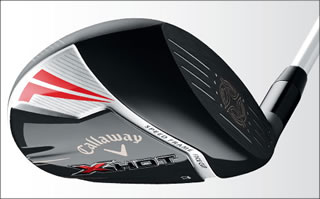 |
Pull the headcover off of the X Hot Pro fairway and you’ll be impressed by an attractive white and red paint job on the heal and toe areas that accenuates the v-shaped modern Warbird sole. Callaway chooses to leave the fancy part underneath. When you lay it on the ground, the crown and sides are finished an industrial-looking matte grey. The head itself has nice lines and a traditional shape that sets up square just by laying it on the ground. (The X Hot Pro comes standard 1 degree open, which many low handicap amateurs and pros prefer.)
Visit Worldwide Golf Shops, home of the 90 day playability guarantee, to view current pricing for Callaway X Hot and X Hot Pro fairways.
Most Popular Articles
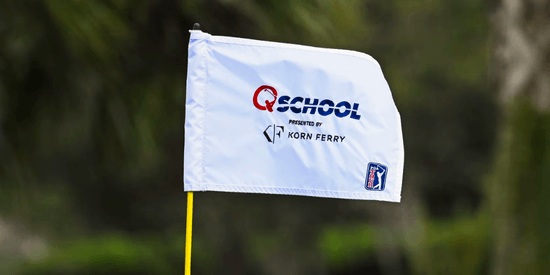
2025 PGA TOUR Q-School Guide: Sites, Scores, and Who Advanced
Dec 5, 2025Second Stage is complete and Final Stage awaits at Sawgrass — follow every Q-School leaderboard and the players still chasing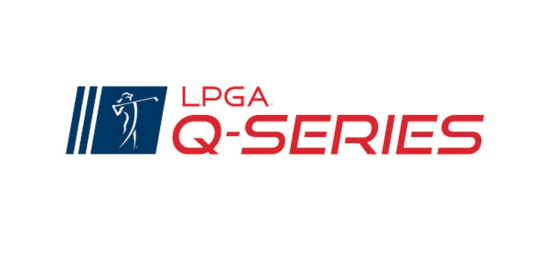
2025 LPGA TOUR Q-Series: Final Qualifying Stage FINAL SCORING
Dec 8, 2025Helen Briem earns medalist honors, 31 players headed to the LPGA next year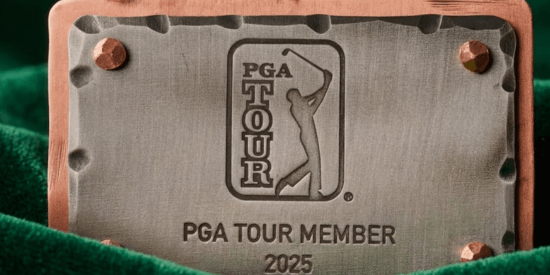
2025 PGA TOUR Q-School Final Stage: Ewart Leads Five New TOUR Card Winners
Dec 14, 2025A.J. Ewart topped Final Stage at TPC Sawgrass, leading five players who secured PGA TOUR membership for 2026.
Australian Open at Royal Melbourne: Preview, amateur bios, and how to watch
Nov 30, 2025Rory McIlroy headlines one of the championship's top fields in years - at least four amateurs will have their chance at gloryInside Gil Hanse’s Restoration of Baltusrol’s Upper Course: A Return to Tillinghast’s
Dec 11, 2025Renowned architect Gil Hanse reveals how he brought Baltusrol’s Upper Course back to life by honoring A.W. Tillinghast’s originalLoading latest news...
